In the field of double motor electric lifting tables, the dual motor system has significant performance advantages compared to traditional single motor designs, mainly reflected in three aspects: power output, operational stability, and long-term reliability.
From the perspective of power distribution mechanism, the dual motor design adopts a completely symmetrical power layout, with two motors installed on both sides of the table, achieving completely consistent output power through a precise synchronous control system. This design fundamentally solves the problem of torque imbalance in single motor systems. Due to relying solely on a single power source, a single motor system requires a complex transmission mechanism to distribute power to both columns, inevitably resulting in power loss, typically reaching 15-20% of energy loss. The dual motor system adopts a point-to-point direct drive mode, with a power transmission efficiency of nearly 98%, which not only improves energy utilization efficiency but also ensures the balance of power output.
In terms of operational stability, the advantages of the dual motor system are more prominent. Physical experimental data shows that under the same load conditions, the desktop levelness deviation of a dual motor system can be controlled within 0.3 degrees, while the deviation of a single motor system usually reaches 1.2-1.5 degrees. This small angle difference manifests as a significant stability difference in practical use, especially in terms of vibration amplitude during the lifting process. The dual motor system can control the vibration amplitude below 0.5mm, which is particularly important for professionals who require precision operation.
From the perspective of mechanical structure, the dual motor design adopts the distributed load-bearing principle. When the desktop is under load, the weight is evenly distributed to two independent drive systems, with each motor only needing to bear 50-60% of the design load. The direct benefit of this design is the increase in system redundancy. Even if one motor experiences temporary power fluctuations, the other motor can maintain basic operation, greatly reducing the probability of sudden failures. In contrast, once the main motor of a single motor system malfunctions, the entire lifting function will immediately fail.
In terms of long-term reliability, the advantage of the dual motor system lies in its optimized load distribution mechanism. Engineering test data shows that at a standard usage frequency of 20 lifts per day, the lifespan of key components in a dual motor system is extended by about 40% compared to a single motor system. This is mainly because the operating temperature of each motor in the dual motor system can be maintained within a more ideal range, usually 15-20 degrees Celsius lower than that of a single motor, and for every 10 degrees Celsius decrease in motor temperature, its expected lifespan can be doubled. In addition, the gear wear rate of the dual motor system is significantly reduced. After 20000 lifting tests, the increase in gear clearance of the dual motor system is only one-third of that of the single motor system.
From the perspective of user experience, the dual motor system demonstrates advantages in multiple details. Its operating noise level is on average 6-8 decibels lower than that of a single motor system, and this difference is particularly evident in quiet office environments. In terms of response speed, the dual motor system only takes 0.3 seconds from static to full speed operation, which is 40% faster than the single motor system. This instant response capability makes height adjustment more effortless. More importantly, the dual motor system performs excellently in terms of repetitive positioning accuracy, able to control height errors within ± 0.5mm, which is crucial for users who need to accurately remember multiple heights of use.
The dual motor design, through its unique symmetrical power architecture, not only solves the inherent balance problem of single motor systems, but also achieves comprehensive improvements in multiple dimensions such as energy efficiency, stability, reliability, and user experience. Although this design has a higher initial investment cost, from the perspective of the entire product lifecycle, its comprehensive usage cost is actually lower, making it a rational choice for users who pursue quality.
 Get A Quote
Get A Quote
 English
English 中文简体
中文简体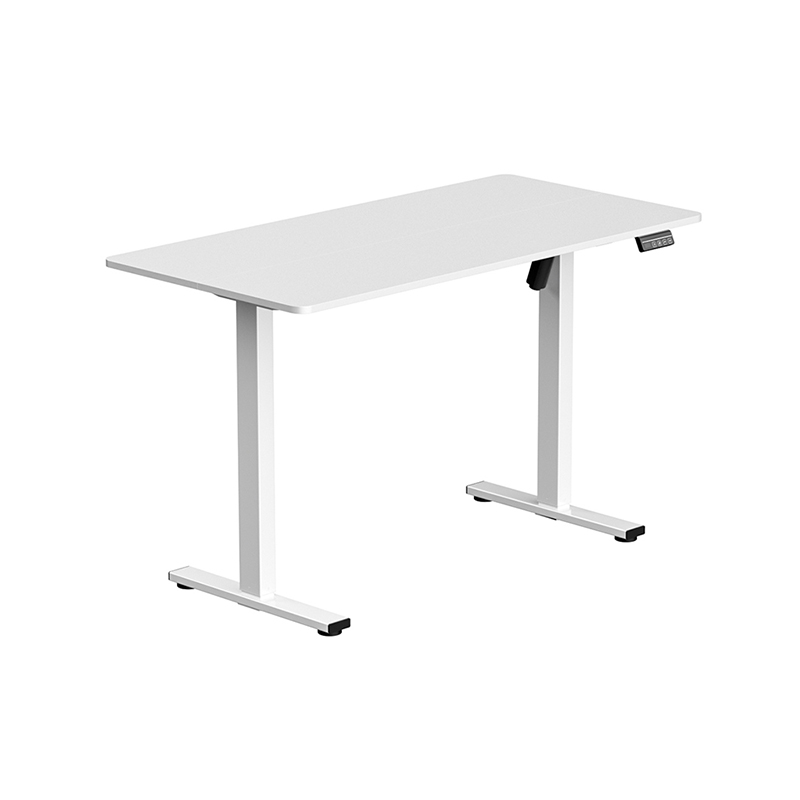

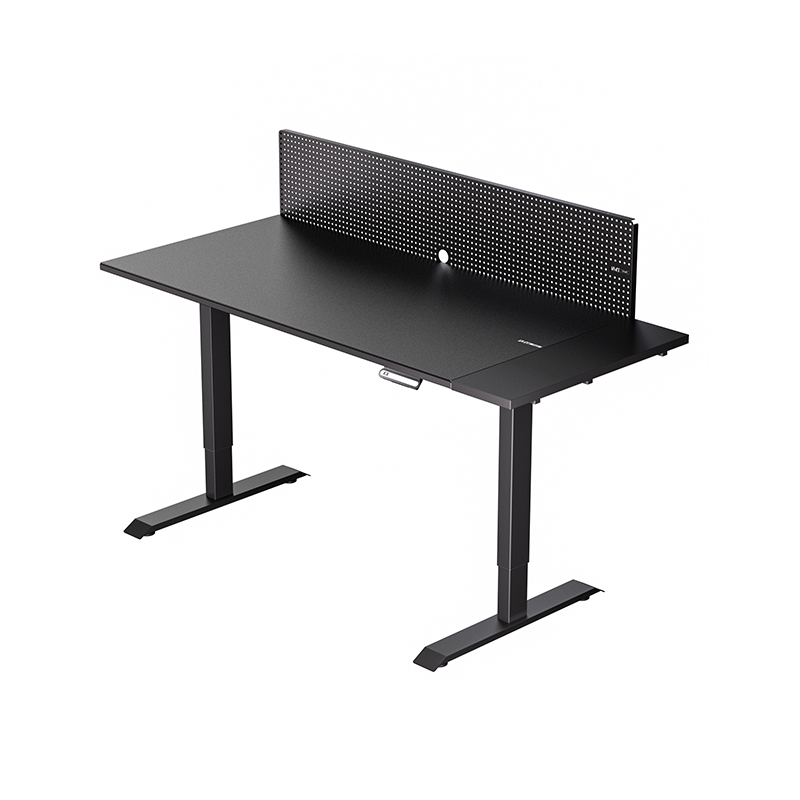
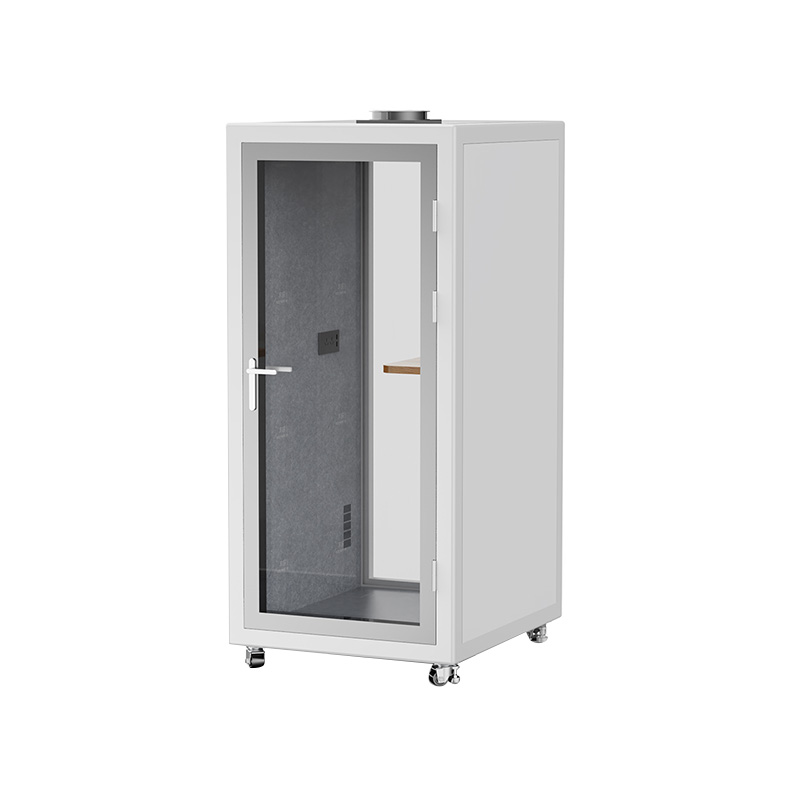
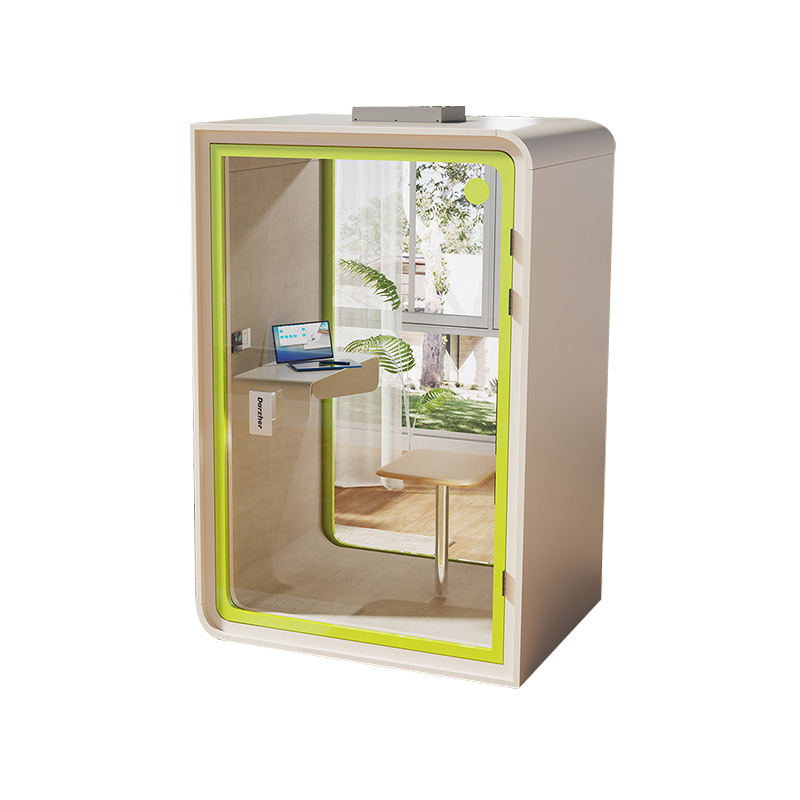
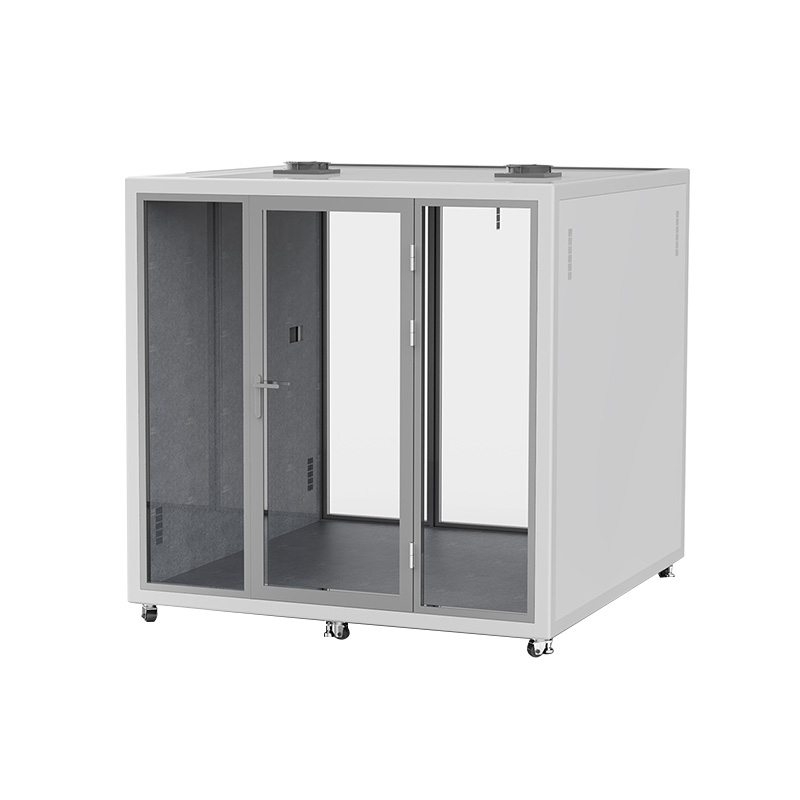


 Add: Building18, No. 331, Haidong Road, Lihai Street, Yuecheng District, Shaoxing City, Zhejian, China
Add: Building18, No. 331, Haidong Road, Lihai Street, Yuecheng District, Shaoxing City, Zhejian, China Tel: +86-18057599511 / +86-0575-89291658
Tel: +86-18057599511 / +86-0575-89291658 Fax: +86-0575-89291658
Fax: +86-0575-89291658 Email:
Email: 